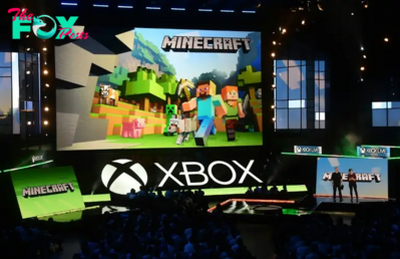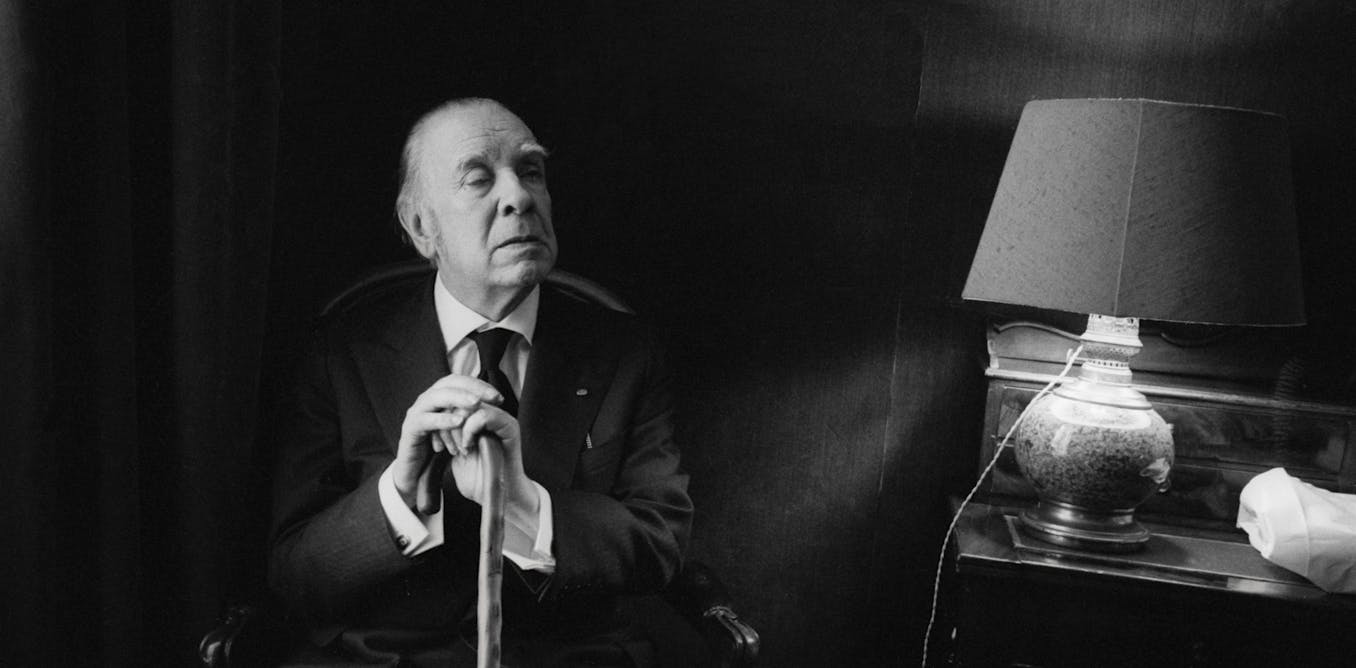Technology
Boeing’s Starliner launches toward the International Space Station − an important milestone for commercial spaceflight
Boeing’s Starliner spacecraft launched on the morning of June 5, 2024, sending astronauts Butch Wilmore and Suni Williams into space. Following a delay of several years, this was the third launch attempt made over the past month after issues with both the spacecraft and ground system.
Though the spacecraft still needs to dock with the International Space Station and return the astronauts home, this successful launch marks a major step for both Boeing and NASA.

Part of NASA’s commercial crew program, this long-delayed mission represents the vehicle’s first crewed launch. Its success will give NASA – and in the future, space tourists – more options for getting to low Earth orbit.

From my perspective as a space policy expert, Starliner’s launch represents another significant milestone in the development of the commercial space industry. But the mission’s troubled history also shows just how difficult the path to space can be, even for an experienced company like Boeing.
Origins and development
Following the retirement of NASA’s space shuttle in 2011, NASA invited commercial space companies to help the agency transport cargo and crew to the International Space Station.
In 2014, NASA selected Boeing and SpaceX to build their respective crew vehicles: Starliner and Dragon.
Boeing’s vehicle, Starliner, was built to carry up to seven crew members to and from low Earth orbit. For NASA missions to the International Space Station, it will carry up to four at a time, and it’s designed to remain docked to the station for up to seven months. At 15 feet (4.57 meters), the capsule where the crew will sit is slightly bigger than an Apollo command module or a SpaceX Dragon.
Boeing designed Starliner to be partially reusable to reduce the cost of getting to space. Though the Atlas V rocket it will take to space and the service module that supports the craft are both expendable, Starliner’s crew capsule can be reused up to 10 times, with a six-month turnaround. Boeing has built two flightworthy Starliners to date.

Starliner’s development has come with setbacks. Though Boeing received US$4.2 billion from NASA, compared with $2.6 billion for SpaceX, Boeing spent more than $1.5 billion extra in developing the spacecraft.
On Starliner’s first uncrewed test flight in 2019, a series of software and hardware failures prevented it from getting to its planned orbit as well as docking with the International Space Station. After testing out some of its systems, it landed successfully at White Sands Missile Range in New Mexico.
In 2022, after identifying and making more than 80 fixes, Starliner conducted a second uncrewed test flight. This time, the vehicle did successfully dock with the International Space Station and landed six days later in New Mexico.
Still, Boeing delayed the first crewed launch for Starliner from 2023 to 2024 because of additional problems. One involved Starliner’s parachutes, which help to slow the vehicle as it returns to Earth. Tests found that some links in those parachute lines were weaker than expected, which could have caused them to break. A second problem was the use of flammable tape that could pose a fire hazard.
A major question stemming from these delays concerns why Starliner has been so difficult to develop. For one, NASA officials admitted that it did not provide as much oversight for Starliner as it did for SpaceX’s Dragon because of the agency’s familiarity with Boeing.
And Boeing has experienced several problems recently, most visibly with the safety of its airplanes. Astronaut Butch Wilmore has denied that Starliner’s problems reflect these troubles.
But several of Boeing’s other space activities beyond Starliner have also experienced mechanical failures and budget pressure, including the Space Launch System. This system is planned to be the main rocket for NASA’s Artemis program, which plans to return humans to the Moon for the first time since the Apollo era.
Significance for NASA and commercial spaceflight
Given these difficulties, Starliner’s success will be important for Boeing’s future space efforts. Even if SpaceX’s Dragon can successfully transport NASA astronauts to the International Space Station, the agency needs a backup. And that’s where Starliner comes in.
Following the Challenger explosion in 1986 and the Columbia shuttle accident in 2003, NASA retired the space shuttle in 2011. The agency was left with few options to get astronauts to and from space. Having a second commercial crew vehicle provider means that NASA will not have to depend on one company or vehicle for space launches as it previously had to.
Perhaps more importantly, the successful launch means Starliner may be able to compete with SpaceX. Though there’s no crushing demand for space tourism right now, and Boeing has no plans to market Starliner for tourism anytime soon, competition is important in any market to drive down costs and increase innovation.
More such competition is likely coming. Sierra Space’s Dream Chaser is planning to launch later this year to transport cargo for NASA to the International Space Station. A crewed version of the space plane is also being developed for the next round of NASA’s commercial crew program. Blue Origin is working with NASA in this latest round of commercial crew contracts and developing a lunar lander for the Artemis program.

Though SpaceX has made commercial spaceflight look relatively easy, Boeing’s rocky experience with Starliner shows just how hard spaceflight continues to be, even for an experienced company.
Starliner is important not just for NASA and Boeing, but to demonstrate that more than one company can find success in the commercial space industry. The successful launch has likely given NASA more confidence in the industry’s ability to support operations in Earth’s orbit while the agency focuses on future missions to the Moon and beyond.
This article was updated on May 7 to include the delay, on May 8 to indicate the new launch date and on June 5 to include details of the successful launch.
-

 Technology1h ago
Technology1h agoUS pushes to break up Google, calls for Chrome sell-off in major antitrust move | The Express Tribune
-

 Technology7h ago
Technology7h agoTikTok, PTA host youth safety summit in Pakistan | The Express Tribune
-

 Technology10h ago
Technology10h agoWhy a Technocracy Fails Young People
-

 Technology23h ago
Technology23h agoJapan's $26 billion deep sea discovery sparks serious environmental concerns | The Express Tribune
-

 Technology1d ago
Technology1d agoSpaceX’s Starship advances in spaceflight despite booster landing failure | The Express Tribune
-

 Technology1d ago
Technology1d agoGreat Barrier Reef faces 'significant coral deaths' following recent climate events | The Express Tribune
-

 Technology2d ago
Technology2d agoMeta to challenge India's data-sharing restrictions between WhatsApp, other apps | The Express Tribune
-

 Technology2d ago
Technology2d agoMerlin inks £85m deal to bring Minecraft attractions to UK, US parks by 2026-2027 | The Express Tribune




















